What safety measures should be considered when learning to ride a motorcycle?
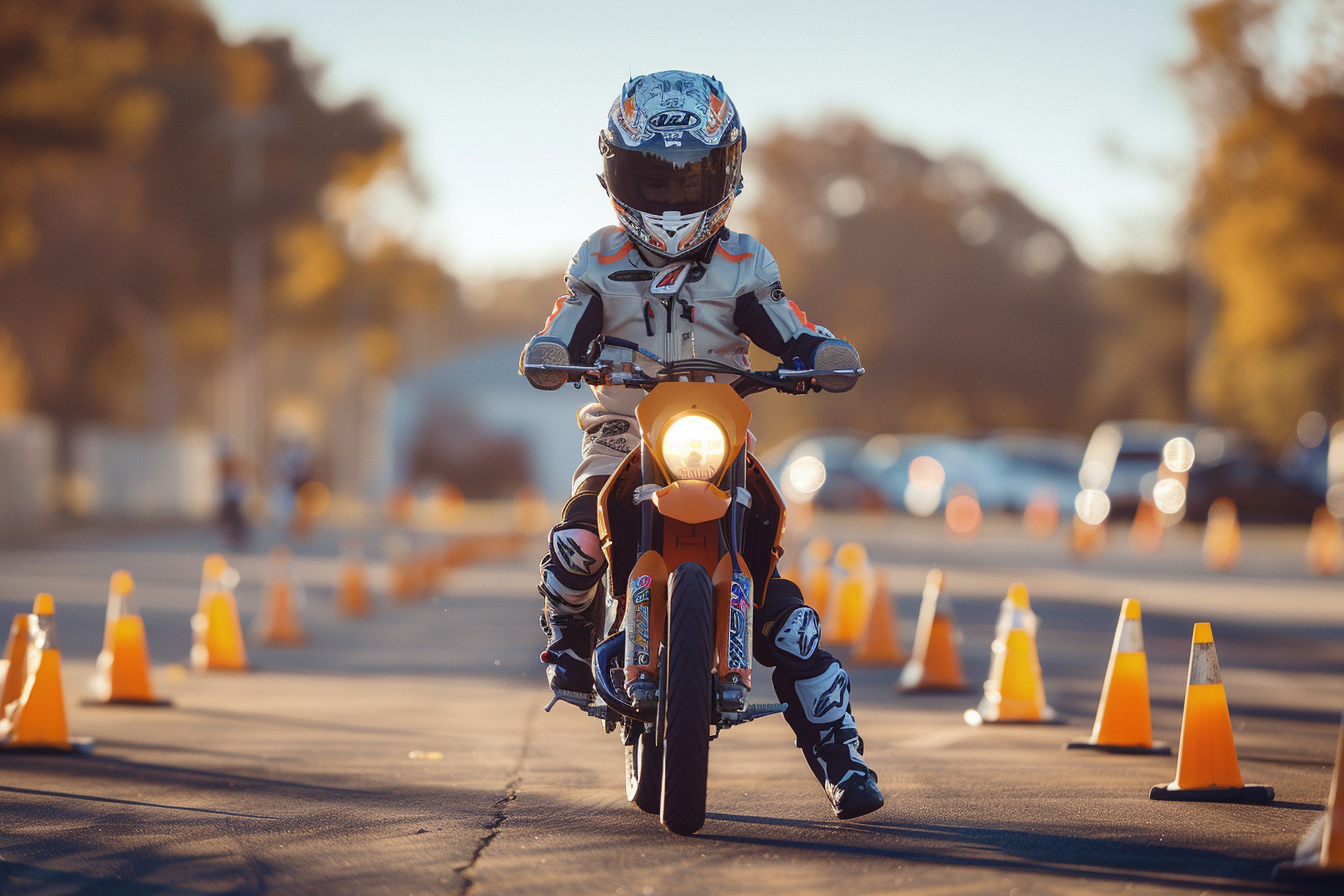
Getting Geared Up: Essential Protective Equipment
Before you kick-start your motorcycle for the first ride, it’s crucial to invest in the right protective gear. Here’s what you need to suit up safely:
- Helmet: A DOT-approved helmet is non-negotiable. It’s your primary protection in the event of a head impact. Make sure the helmet fits snugly and provides good visibility.
- Jacket and Pants: Wear abrasion-resistant clothing designed for motorcyclists. Materials such as leather or modern synthetics provide the best protection.
- Gloves: Protect your hands with gloves that are reinforced and have good grip to maintain precise control over your motorcycle’s handlebars.
- Boots: Footwear should be sturdy, cover your ankles, and have a non-slip sole to enhance footing on pavement.
- Eye Protection: If your helmet doesn’t have a visor, wear goggles or glasses with shatterproof lenses to shield your eyes from wind, debris, and insects.
Motorcycle Training Courses: The Road to Mastery
A proper motorcycle safety course is invaluable for learning how to ride. These courses cover:
- Basic Skills: Including starting, stopping, turning, and effective braking techniques.
- Road Rules: Understanding traffic regulations, road signs, and rights-of-way.
- Defensive Riding: Strategies to avoid accidents and handle emergencies.
- Practice Sessions: First-hand riding experience under the supervision of a qualified instructor.
Find and enroll in a motorcycle safety course certified by organizations like the Motorcycle Safety Foundation (MSF) or similar institutions in your region.
Maintaining Your Ride: Motorcycle Upkeep
Ensuring that your motorcycle is in top condition is vital for your safety. Regular maintenance checks should include:
- Tire Inspection: Check for proper inflation, tread wear, and any signs of damage.
- Brakes: Make sure the brake pads and discs are not worn out and that the brake fluid is at the correct level.
- Lights and Signals: Verify that all lights and turn signals are functioning correctly for maximum visibility.
- Fluids: Oil, coolant, and hydraulic fluids should be topped up and replaced per the manufacturer’s guidelines.
- Chain or Belt: Inspect for proper tension and lubrication (if applicable).
These checks are not exhaustive, so refer to your motorcycle’s owner’s manual for specific maintenance instructions.
Starting Out: Choosing the Right Motorcycle
The type of motorcycle you choose should match your level of experience and intended use:
- Beginner Bikes: As a new rider, starting with a smaller displacement motorcycle is advisable as they are easier to handle and more forgiving.
- Fit: Ensure your feet can touch the ground when sitting, and that you can reach all controls comfortably.
- Intended Use: Consider whether you’ll be using it for daily commuting, touring, or off-road adventures and choose accordingly.
Visit dealerships to sit on various models and get a feel for what suits you best before purchasing.
On the Road: Safe Riding Practices
Adhering to safe riding practices can drastically reduce the risk of accidents:
- Always obey speed limits and road signs.
- Avoid riding in inclement weather, but if you must, do so with extra caution.
- Stay visible to other drivers, and avoid riding in blind spots.
- Keep a safe distance from other vehicles, giving yourself enough time to react.
- Signal your intentions well in advance of making a turn or changing lanes.
Emergency Measures: What to Do in a Crisis
Be prepared to handle common emergencies by:
- Staying Calm: Panicking can make the situation worse. Take deep breaths and focus on your training.
- Emergency Braking: Practice this skill frequently so it becomes instinctive. Apply both brakes firmly but without locking them up.
- Swerving: Sometimes you’ll need to swerve to avoid an obstacle. This too should be practiced so that it can be executed with control and precision when necessary.
- Seeking Help: If involved in an accident, check for injuries and call emergency services immediately. Don’t remove your helmet until professional help arrives.
Remember, while you can control your own actions, you can’t control the actions of other road users. Always anticipate the unexpected and ride with a defensive mindset. With the right gear, a well-maintained motorcycle, proper training, and attentive riding habits, you’ll be well on your way to a safe and enjoyable motorcycling experience.
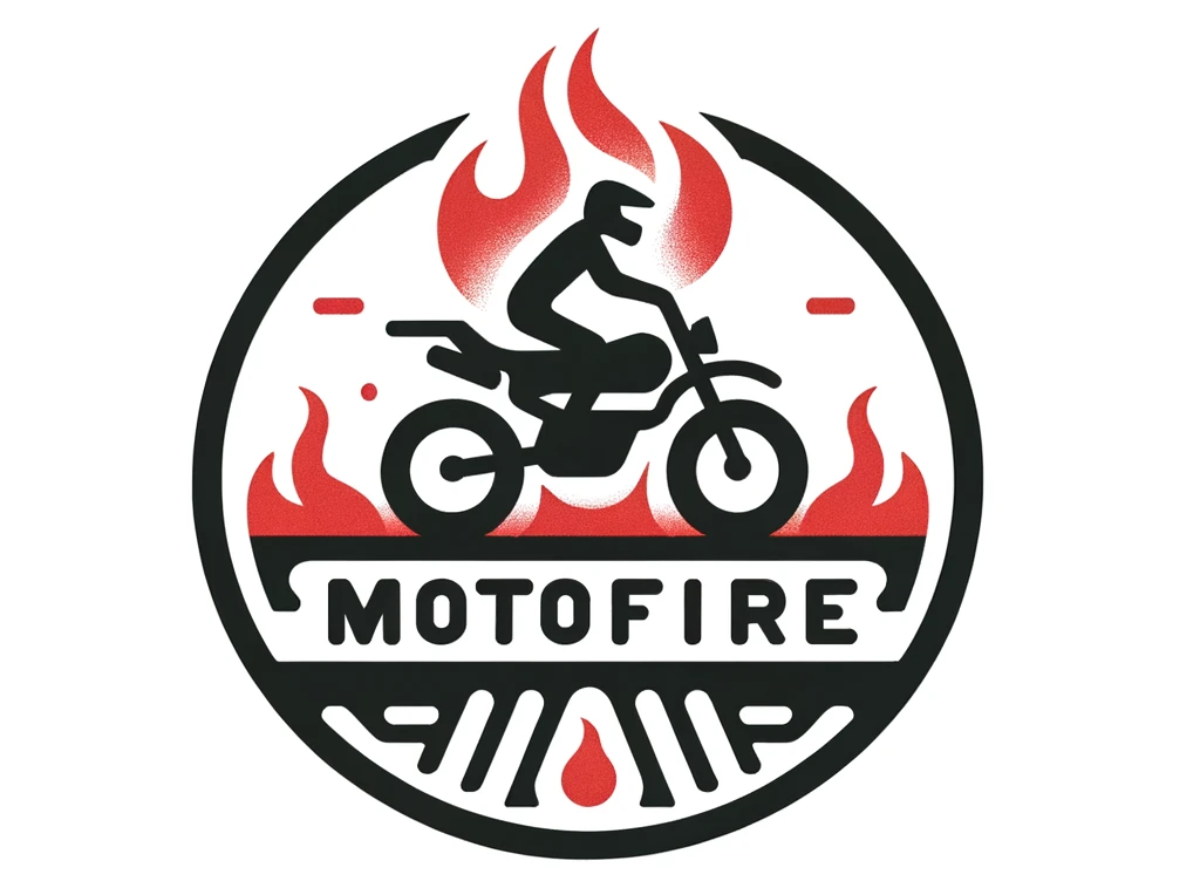
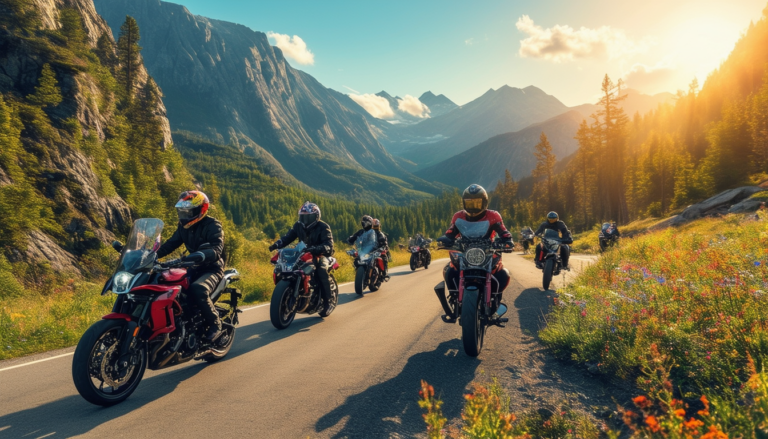
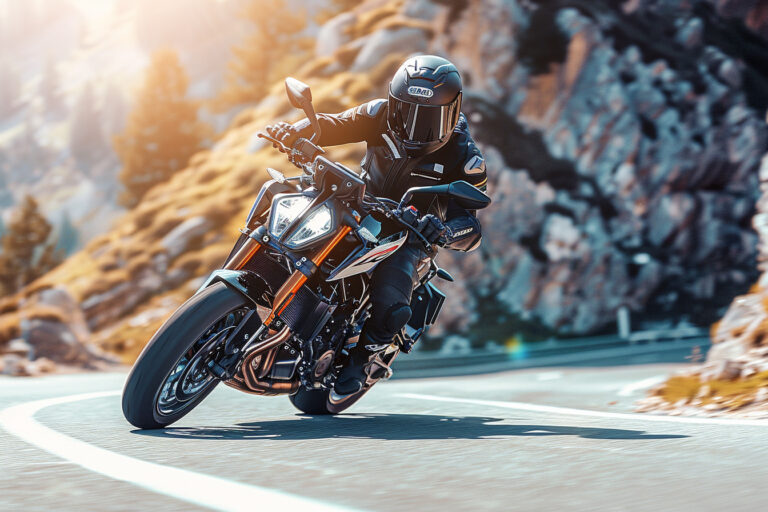

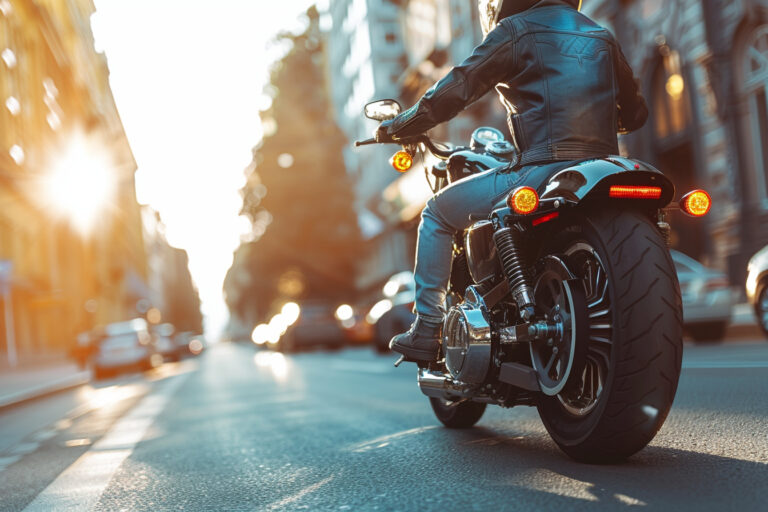


Very informative. Save lives. Thank you